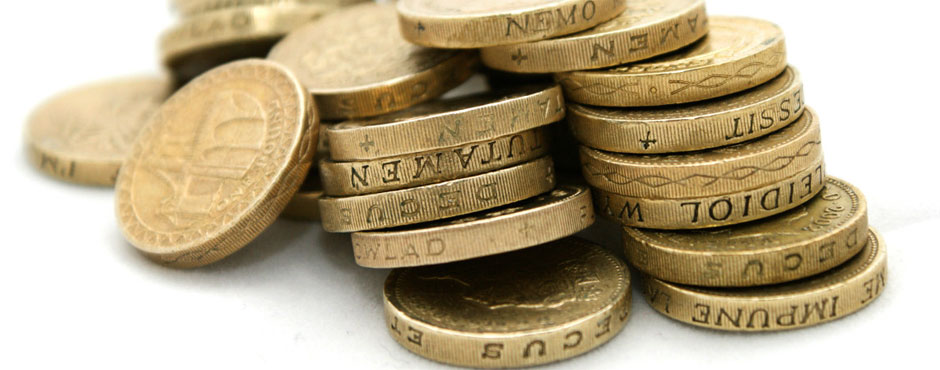
Read " What Is Capital Budgeting? Process, Calculation and Example ’ to know the process and calculations. Here, the payback period is nothing, but the time taken to recover the investment amount. Another important factor to be considered here is capital budgeting and payback period. It helps you in evaluating the different investment projects basis the cost, benefits and risks. You can use the formula we discussed, and the result will be similar. In other words, we can say that the company is paying a premium of 13% to the lenders of capital as a return for their risk. This implies that the overall cost of capital employed by Aero Ltd is 13%. Weight Average Cost of Capital here is 13% (0.13*100). Example of Cost of Capital calculations using WACCĪero Ltd had the following cost capital structure employed for financing its projects and would like to calculate the cost of capital.Ĭalculation of Cost of capital of Aero Ltd Looks bookish? We have got it simplified with the example. Ke = Specific cost of equity share capital Kp = Specific cost of preference share capital Wp = Weight of preference share of capital Following are steps involved in the calculation of WACC. It is also called a Weighted Average Cost of Capital (WACC). Computation of Composite Cost of CapitalĬomposite capital is the combined cost of different sources of capital taken together.Computing specific cost of capital involves summing up of all forms of capital listed below Specific Cost refers to the cost which is associated with the source of capital. Computation of Specific Cost of Capital.In calculating the cost of capital, the following methods can be used: The three components of cost of capital discussed above can be written in an equation as follows: The higher the debt capital, the more is the risk compared to a firm that has relatively low debts. Here, the premium finds its way to the picture depending on the volume of debts the firm owes. Premium for the Financial Riskįinancial risk is associated with the capital structure pattern of the firm. But how much premium? it’s up to the firm’s project selection decision which alienates with the firm’s goal and objectives and how badly they want the project to increase their market value. Thus the premium factor plays an important role here as it increases the Cost of Capital. So, if a firm selects a project that has more than normal risk, then it is obvious that the providers of capital would require or demand a higher rate of return than the normal rate. Premium for the Business Riskīusiness risk is determined by the capital budgeting decisions that a firm takes for its investment proposals.

It talks about the expected rate of return when a project involves no financial or business risks. There are three factors to the cost of capital explained below: Zero Risk Return In other words, the cost of capital determines the rate of return required to persuade investors to finance a capital budgeting project.

The source of capital employed by the firm is usually in the following form: What is cost of capital Cost of capital refers to the return a company expects on a specific investment to make it worth the expenditure of resources. In other words, it is the rate of return that the suppliers of capital require as compensation for their contribution of capital. U.S.Cost of Capital is the rate of return the firm expects to earn from its investment in order to increase the value of the firm in the market place. nuclear power plant: capital cost in 2050 Industry-related natural gas consumption in Singapore 2012-2021 pulverized coal-fired power plant: capital cost outlook 2050 enhanced geothermal systems power plant - capital cost in 2050 The cost of constructing a combined-cycle natural gas turbine are around 948 U.S. This could generate additional electricity through a steam turbine.
#CAPITAL COSTS GENERATOR#
In comparison, a combined-cycle natural gas turbine uses a heat recovery steam generator that converts that hot exhaust from the turbine to generate steam. Within the combustion system, the air is mixed with fuel and is then ignited resulting in a high-temperature and high-pressure gas stream that enters and expands through the turbine, rotating the blades to spin a generator to produce electricity. In a conventional gas-fired combustion turbine, air is compressed and fed into a combustion chamber at extremely high speeds. Capital expenditure (CAPEX) of the power plant refers to the amount that needs to be spent to achieve commercial operation within that year. dollars per kilowatt in 2022, but is estimated to decrease to 838 U.S. The capital expenditure of a typical natural gas combined-cycle power plant was expected to amount to 968 U.S.


 0 kommentar(er)
0 kommentar(er)
